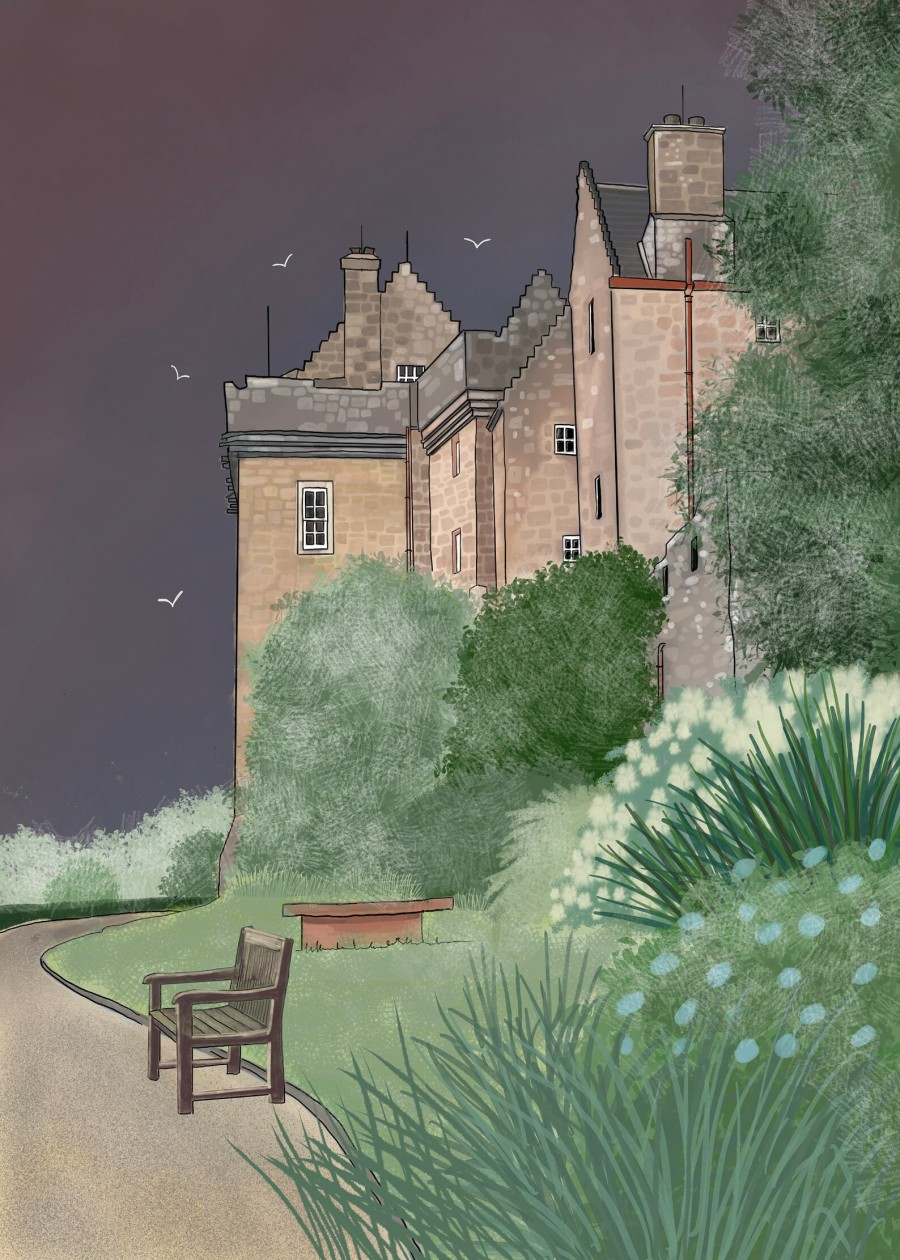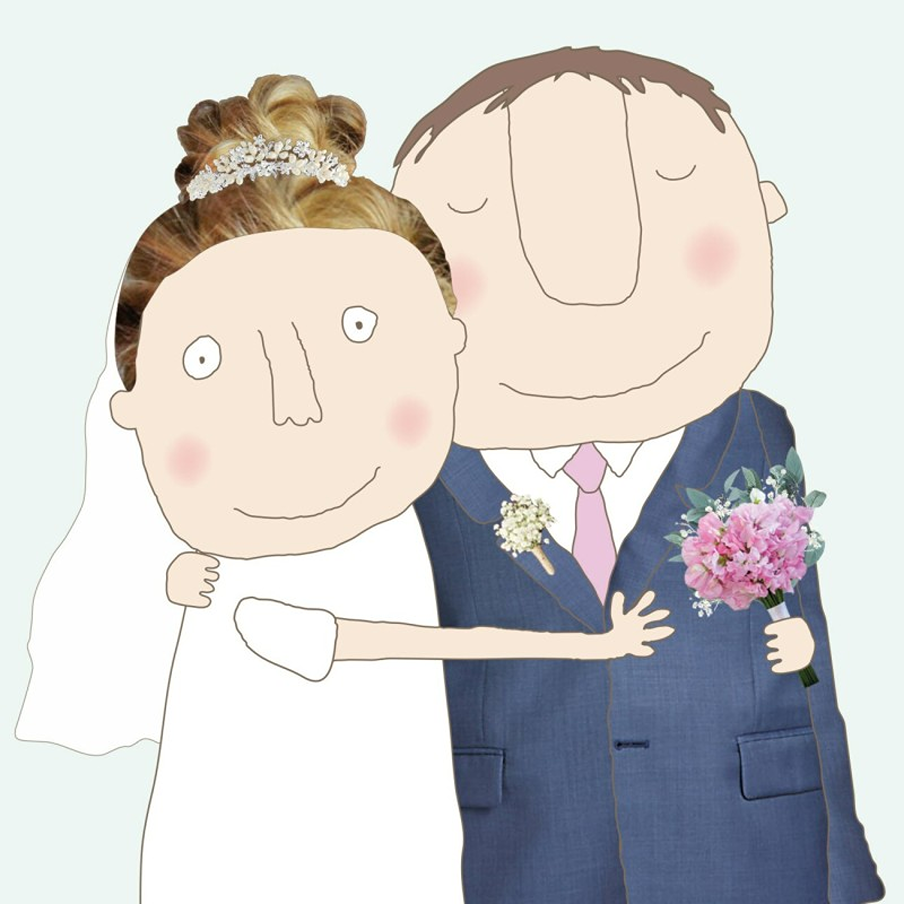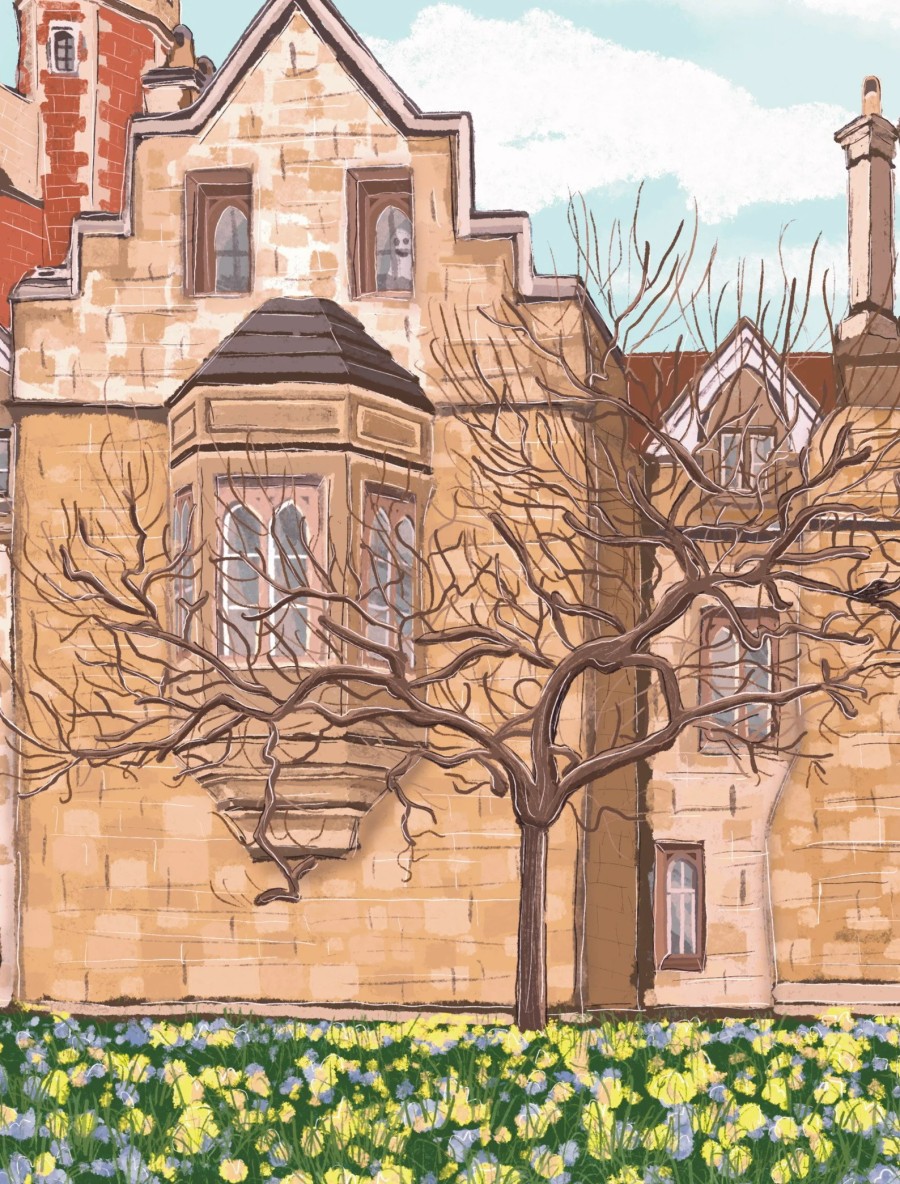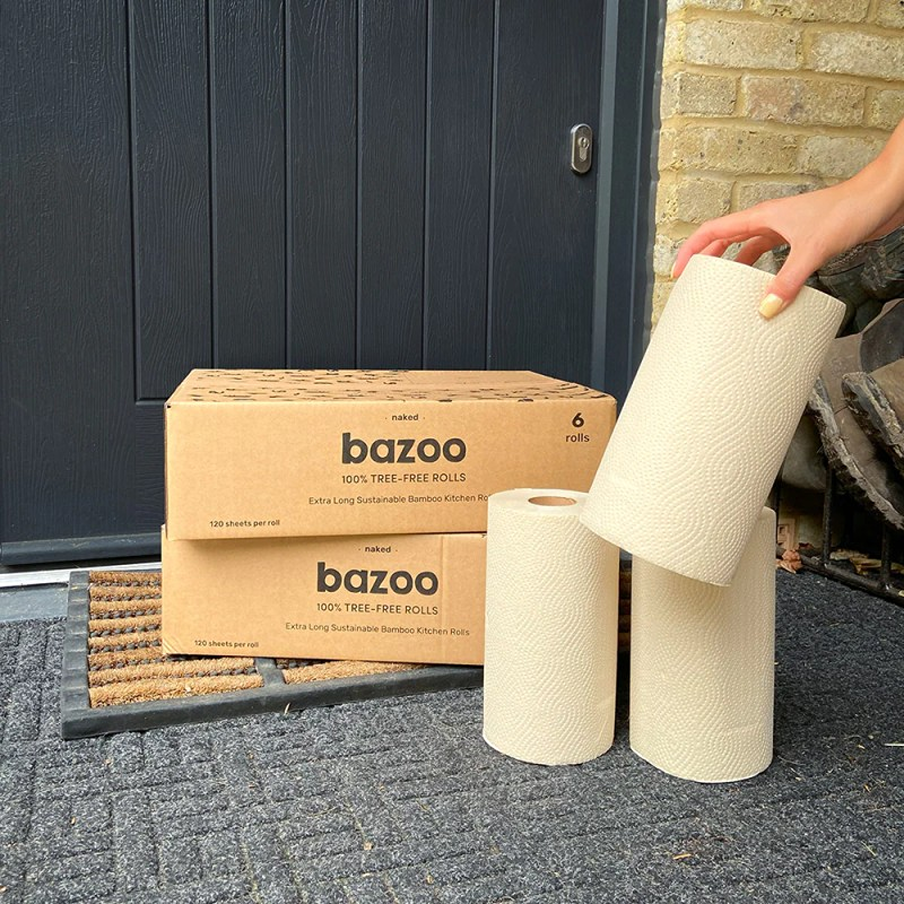
Caroline Smith (this castle’s in the Scottish Highlands)
England is home to many castles. Most tend to be in the landlocked counties, and others on the coast (like Bamburgh Castle on the Northumberland coast, above). The oldest inhabited castle in Europe is our very own Windsor Castle (a beautiful building, despite differences of opinion about monarchs). It’s 900 years old!
There are around 1500 more castles across England, which were nearly all built as signs of power and wealth, and to defend against attack. Some castles have dungeons (the French word for ‘fortified tower’ and were more like a ‘coal bunkers’ for people under attack, and only later were used as prisons. Moats were often used too as defense, by filling the surrounding area with water, so attackers could not gain access.
Some of the best-known castles in England include:
Dover Castle (Kent) is beautiful and sits looking out to sea, facing the French coast just 20 miles or so away. It has lots of secret tunnels.
Kenilworth Castle (Warwickshire) is known for its beautiful red stone, and was the home to Robert Dudley (the love of Queen Elizabeth I). Again it has many secret tunnels to explore.
Bodiam Castle (East Sussex) is a moated castle built in the 14th century, to defend against the French invasion, of the Hundred Years War.
Leeds Castle (Kent) is confusingly not in Yorkshire. This stunning castle is built on islands in a lake and is a historic Grade 1 listed estate, just south of Maidstone.
Lindisfarne Castle (Northumberland) is located on Holy Island, where hermit saints like St Cuthbert used to live. Today it’s more a touristy place, with car drivers always being reminded to look at tide times, so not to be cut off at high tide, due to the causeway.
Alnwick Castle (Northumberland) is one of the oldest inhabited castles (often called ‘the Windsor Castle of the North). If you like your period dramas, you’ll recognise the sumptuous Italianite rooms being used for filming episodes of Downton Abbey.
Hever Castle (Kent) is just 30 miles south of London. Originally a country house, this 13th century building was the seat of the Boleyn family. If you know your history, you’ll know that Anne Boleyn was one of Henry VIII’s sixth wives. She was the second wife, and unfortunately he had her beheaded (only in her late 20s or early 30s).
She was charged with high treason (more likely that she could not bear a son) and his divorce from his first wife to marry her, led to the break-up of the Catholic church and Reformation (which later created the Church of England). Anne’s daughter was to become Queen Elizabeth I.
the castle you know (but perhaps didn’t!)
It’s a little-known fact that the Tower of London is also a castle. Home to many beheadings (including poor Anne Boleyn) today it’s a massive tourist attraction and home to the ravens. Although some people understandably have concerns over clipped wings, these intelligent birds seem pretty happy and can fly off if they want to, but don’t. Raven George went elsewhere after trying to eat TV aerials and Raven Grog was last seen outside an East End pub. But the others remain, not least due to being fed special treats of biscuits soaked in blood?
Located in the London borough of Tower Hamlets, this actually used to be a palace for royalty, before becoming infamous for housing people who would later meet a grisly end. This included spies who were executed during World War I. The last person to be executed here (by firing squad) was a Luxembourg-born German spy, who was captured after parachuting into the UK during World War II.





